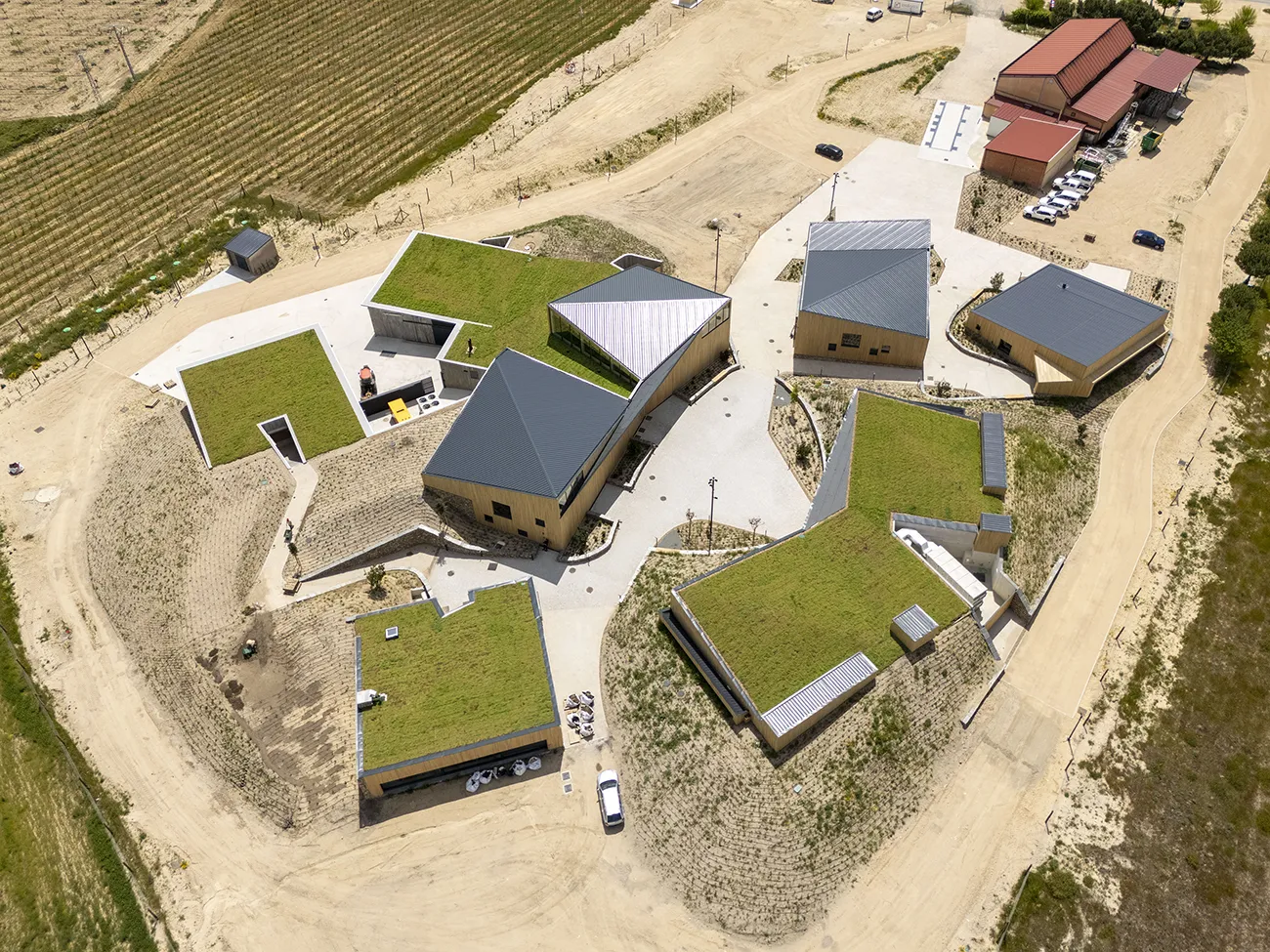- Ossian’s new winery features architecture reminiscent of a small Castilian village: six functional and sustainable buildings arranged around a central square, blending harmoniously into the Segovian landscape.
- This new facility reinforces Alma Carraovejas’ commitment to building a unique legacy, enhancing both the quality and scope of its projects while maintaining a deep respect for the region and its history.
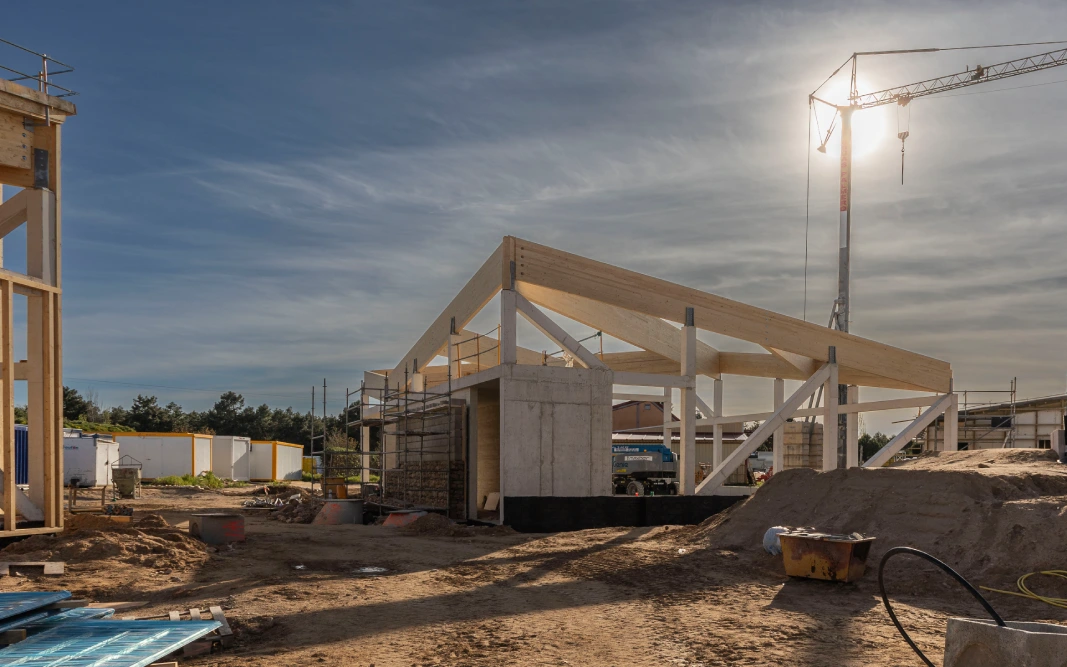
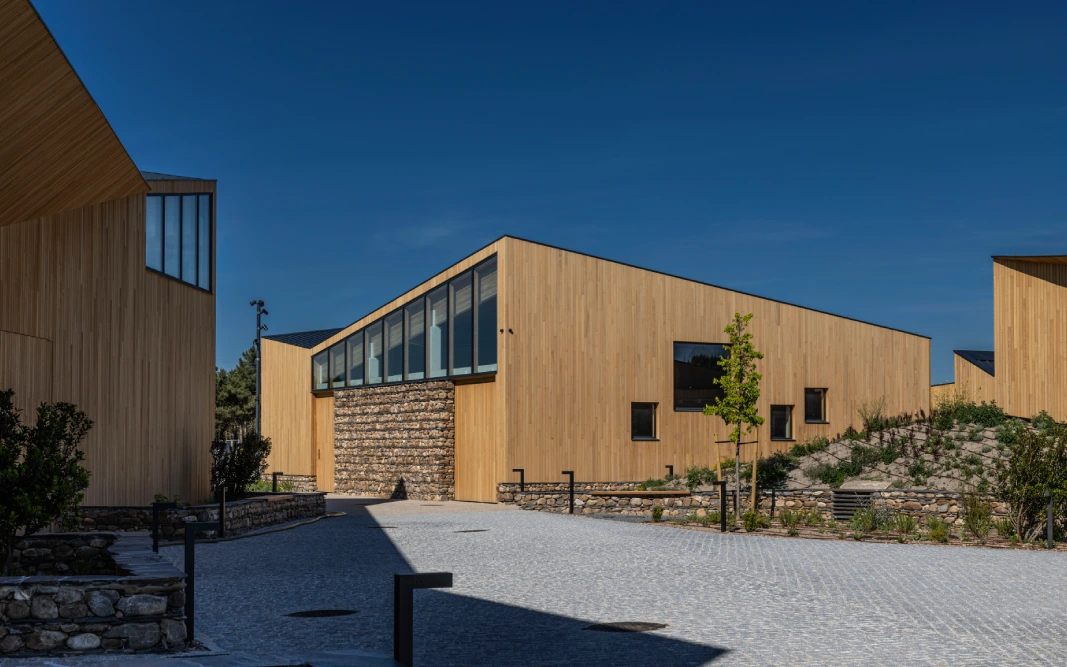
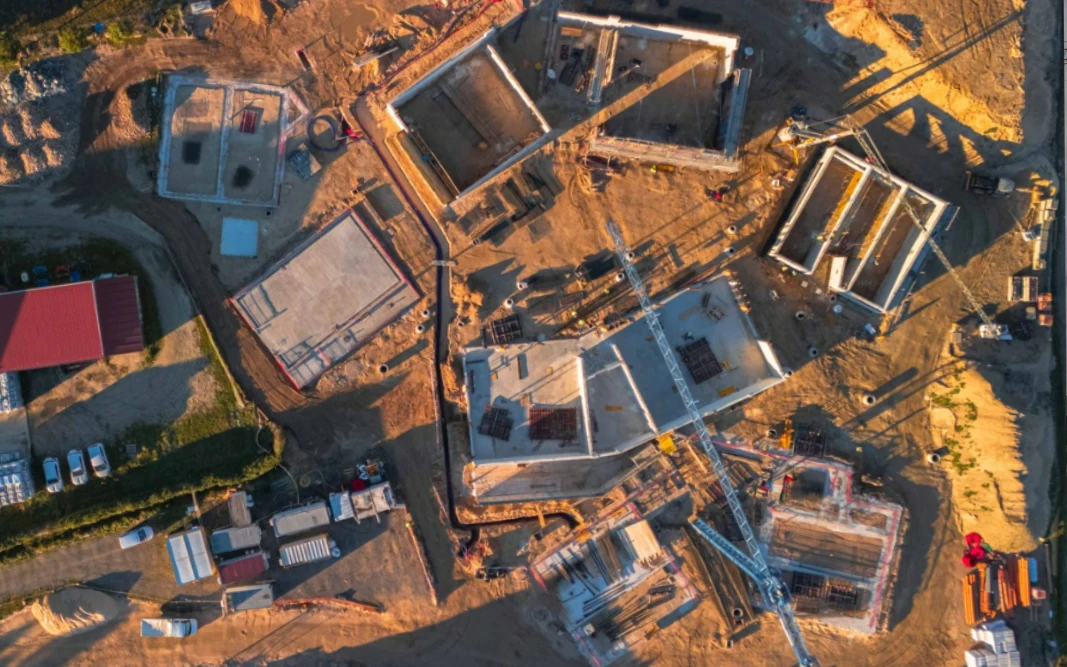
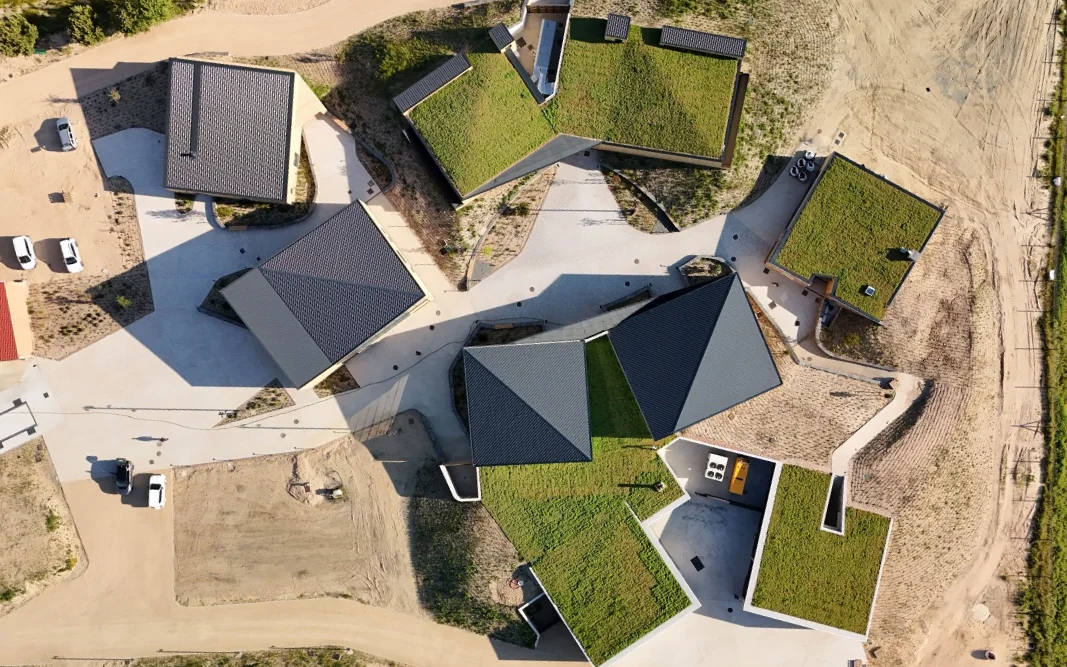
After nearly two years of construction, Ossian’s new winery—Alma Carraovejas’ winemaking project in Nieva, Segovia—is now a reality. Completed in May, this modern facility was designed to strengthen the identity of the Segovian winery by combining winemaking tradition with a focus on sustainability and respect for the land. At its core lies the legacy of Ossian’s centuries-old vines—some over 200 years old—and the essence of its three flagship wines: Quintaluna, Ossian, and Capitel.
“This new winery represents Alma Carraovejas’ vision of uniting respect for the land with care in every step of the process. It’s not just an upgrade to our facilities; it’s a statement of intent about the future we want to build around wine—one that generates lasting value and fosters rural development,” said Pedro Ruiz Aragoneses, CEO of Alma Carraovejas. “It’s also a tribute and a gesture of gratitude to a truly unique vineyard and to the people who make it all possible every day,” he added.
Ossian Winery: An architectural design inspired by a traditional Castilian Village
Designed by the architectural firm AMAS4 Arquitectos, the 2,557-square-meter complex was built on the same site as the original winery, blending seamlessly into the Segovian landscape. Ossian’s new winery consists of six main buildings arranged around a central granite-paved square, evoking the layout of a small village. Each building serves a distinct purpose: grape reception, stainless steel tank storage, winemaking and barrel aging, offices, staff social areas, and machinery facilities.
Investing in Rural Development
Ossian’s new winery was born from a deep respect for the genius loci—the unique spirit of Nieva and its surroundings. After twelve years in this small Segovian village, Alma Carraovejas reaffirms its commitment to rural development through a state-of-the-art facility in a place rich in identity and history. The scale of the project—rare in towns of this size—demonstrates the potential of rural areas to host pioneering initiatives with a long-term vision and strong connection to the land.
This bold and exceptional investment in the rural world brings a cutting-edge winery to a village of fewer than 260 inhabitants. Its presence not only strengthens the social and economic fabric of Nieva but also enhances the value of the region it calls home.
Every architectural decision was guided by a desire to engage in dialogue with the landscape, honoring the visual and environmental identity of the area. The semi-underground buildings, topped with vegetation, blend naturally into the tranquil setting of the Segovian pine forests. More than a winemaking facility, this new space continues the legacy of a land shaped by centuries of viticultural tradition—where innovation and sustainability are harnessed in service of honoring its origins.
The use of noble local materials—such as Bernardos slate, textured white concrete, and wood—reinforces Ossian’s connection to the surrounding environment and local architectural traditions. Green roofs and landscaped finishes enhance the welcoming atmosphere, where deciduous and evergreen species coexist, including pines, maples, strawberry trees, holm oaks, and crape myrtles. A combination of hunting-style fencing, jabre and concrete pathways, and granite-paved areas completes this harmonious integration of architecture, landscape, and cultural memory.
Sustainability as a Guiding Principle
This respectful approach stems from Alma Carraovejas’ deep commitment to sustainability as a core value guiding every decision. More than an ethical responsibility, it reflects a philosophy of winemaking and a way of relating to the places where the group operates—a working method rooted in caring for the land, preserving what already exists, and acting with future generations in mind.
The new Ossian winery embodies this vision. Its design and operations are intended to minimize environmental impact. The semi-underground architecture helps maintain a constant indoor temperature year-round, while the green roofs provide additional insulation and improve energy efficiency. Among many sustainable features, highlights include biomass boilers for heating and hot water, as well as intelligent climate control systems that automatically regulate temperature and ventilation.
All of this coexists with a deeply artisanal approach to winemaking—one that focuses on preserving the essence of Segovian Verdejo and the singular character of a pre-phylloxera vineyard that has stood the test of time.
“The new winery allows us to take care of every detail without losing the essence of our work, which continues to be guided by respect for the vineyard and for the way we’ve always understood wine,” say Almudena Calvo and Javier Blasco, Ossian’s technical directors.
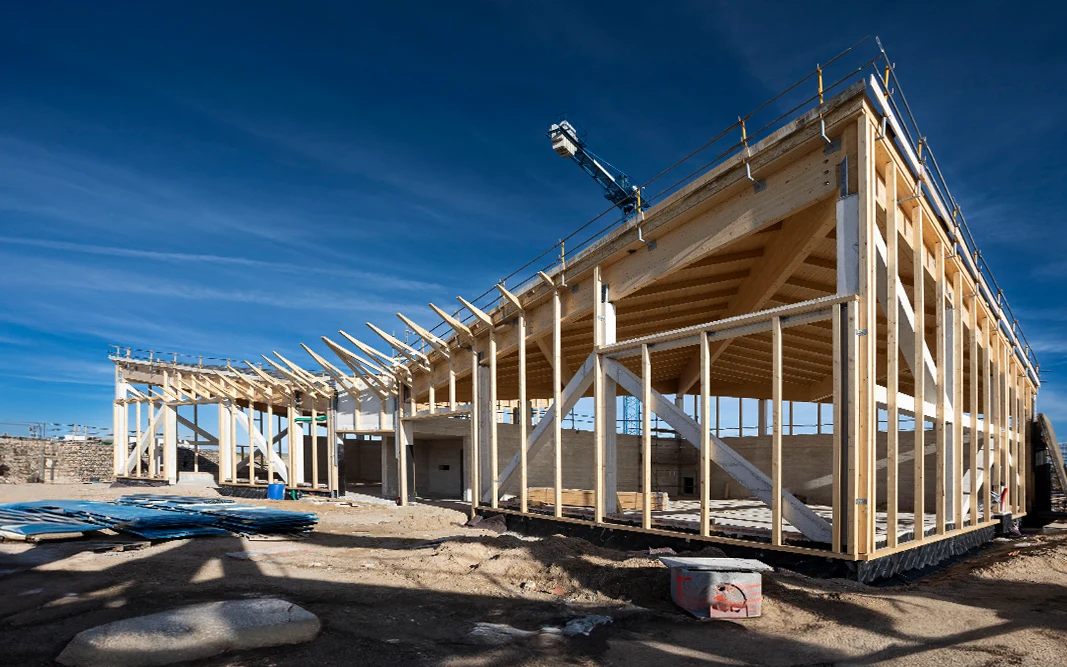
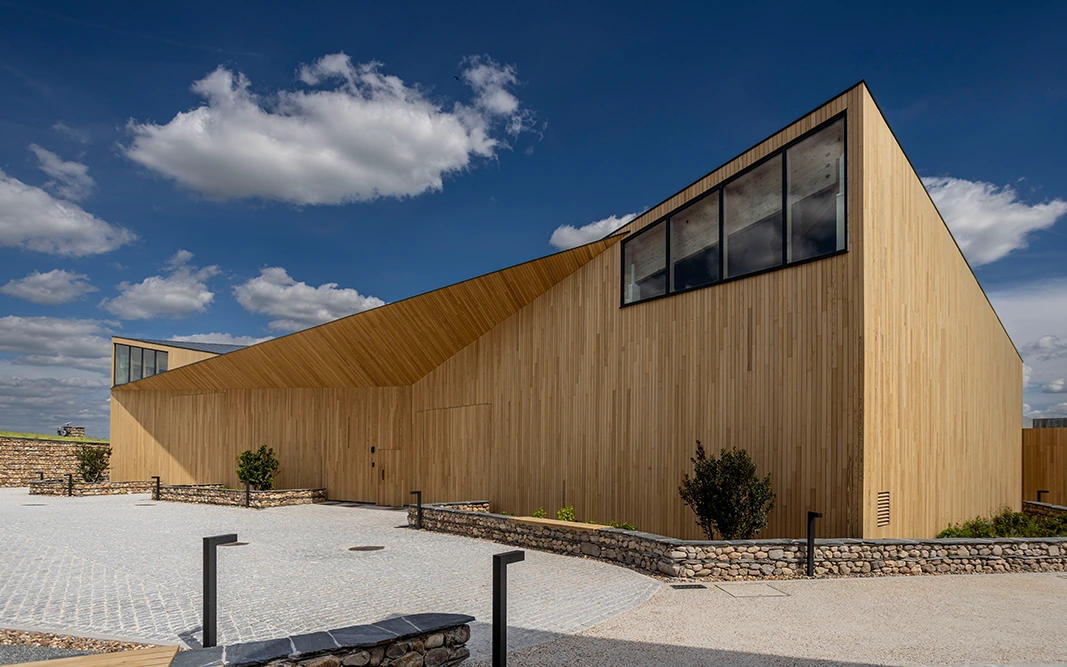
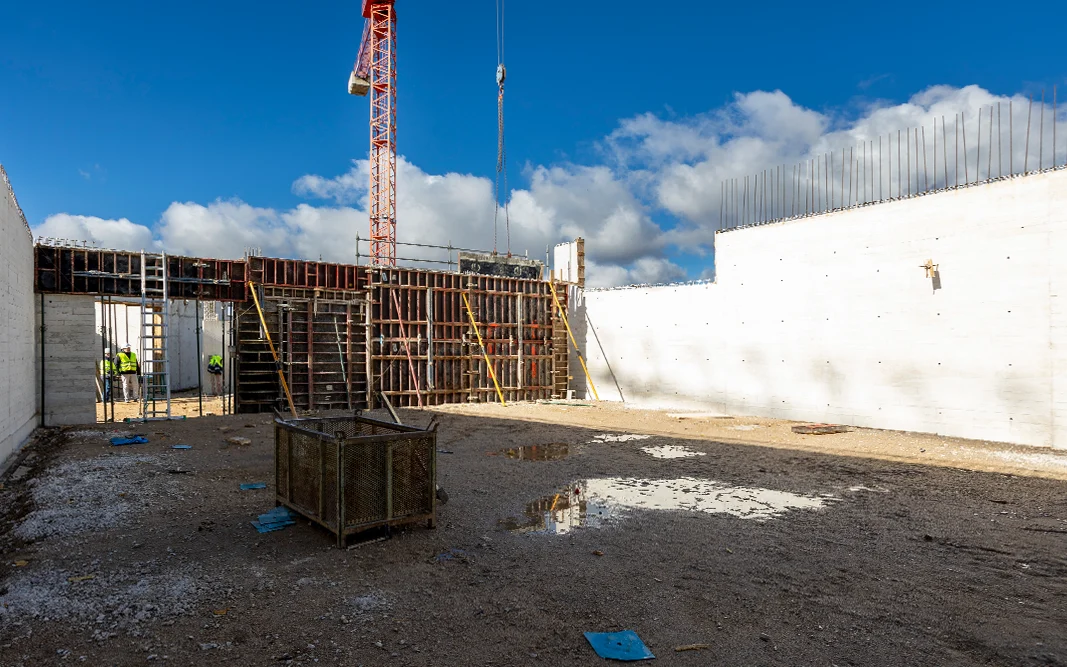
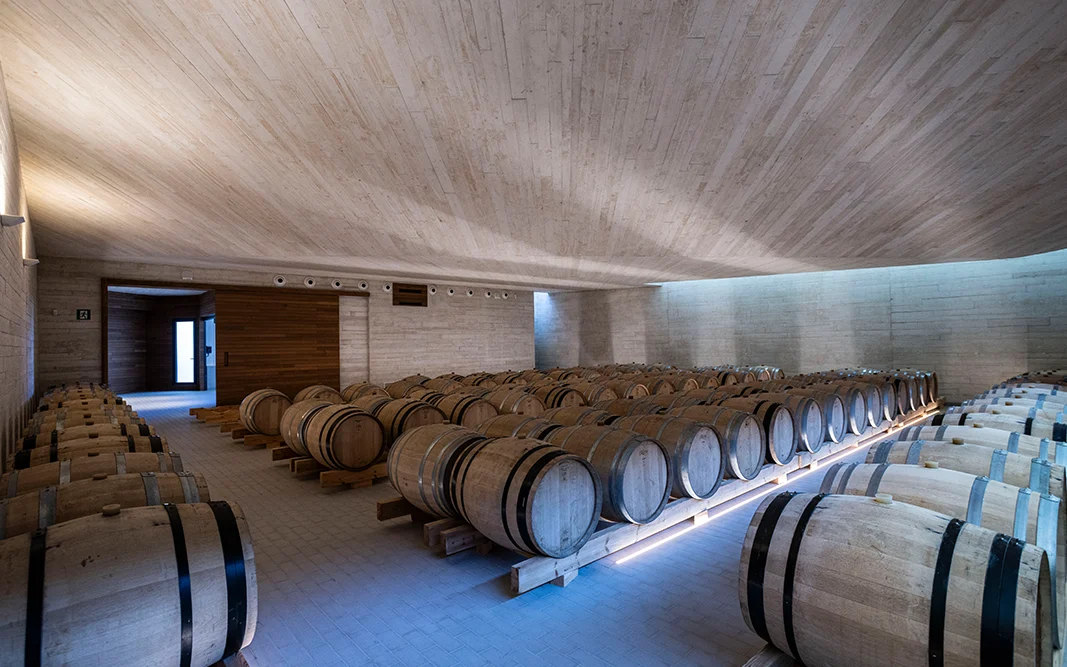
A Collaborative Project brought to life through collective effort
This project was spearheaded by the Projects Department at Alma Carraovejas, led by Elena Arranz, in collaboration with multiple external teams.
“Throughout the one year and ten months of construction, each phase was carefully planned and executed to stay true to Ossian’s vision. We were working with fairly tight deadlines, and during the busiest periods, we coordinated more than 40 workers on site. Within the first ten months, the main buildings were already standing,” explains Elena Arranz.
“This place also holds deep emotional value for all of us. The central square, the heart of the project, will be named after Jonatan Rubio, a beloved Ossian team member who passed away this past May. It’s a small tribute to his memory and to everything he meant to those of us who had the privilege of working with him,” adds the Director of Projects at Alma Carraovejas.
Looking Ahead: Future Perspectives
Although the main phase of the project is already up and running, several developments are still planned for future stages. These include the construction of a rainwater collection lake, the development of a social building with a parking area, and the installation of gates along with a new access enclosure for the property.
With this new winery, Ossian reaffirms its commitment to the future and to sustainability—moving forward with confidence while staying rooted in the winemaking heritage of Nieva, where it tends to an extraordinary vineyard with pre-phylloxera vines that are over two centuries old.

